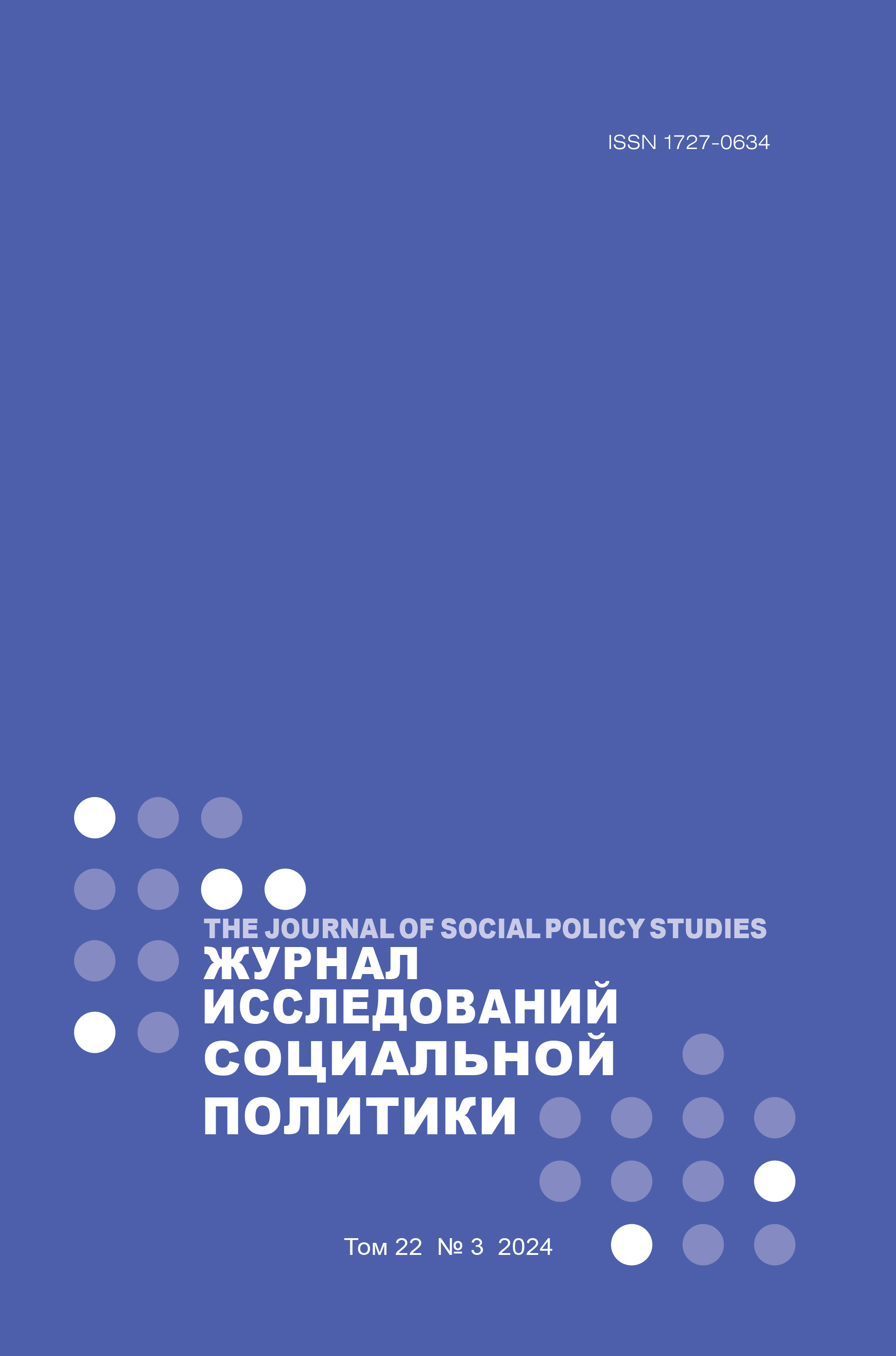Welfare State Strategies in the Era of 'Smart Machines': from Maximizing Employment To Minimizing Labor?
Abstract
The article examines the prospects for the welfare state in the context of automation. The author analyzes fatalistic strategies that assume the inevitability of technological replacement of human labor and proposes an alternative perspective based on maximizing the quality and quantity of labor in the social sphere. The article emphasizes the importance of developing professional skills, improving working conditions, and investing in the quality of education and healthcare. The benefits of focusing on the quality of social services are discussed, especially in areas such as health and education, where human interaction is a key factor. The author argues that reducing class sizes and increasing the time spent with each patient in medical practice can significantly improve the quality of services provided and reduce the number of errors. The article also examines the “feedback loops”, in which low quality automated services weaken human capital, making it more vulnerable to automation. In contrast, maximizing the quality and quantity of labor contributes to the development of human potential and the strengthening of social institutions.















